Three silver mounted amulets; two set with Deers teeth and one with an Eagles claw.
German, 17/18th centuries.
The price is if all amulets are purchased together, however they can be sold individually.
Individually the prices are:
Eagles claw: £360
Deers tooth (long): £280
Deers tooth (short): £280
The largest measures 6.2cm and the smallest measures 3.7cm (each measured excluding loose pendant rings).
The amulets would have been used for good luck in hunting, they would have been part of a ‘Charivari’.
A Charivari is a piece of traditional Bavarian jewellery which comprised of a chain adorned with amulets, each amulet mounted in either precious or base metals depending on the wealth of their owner. The amulets suspended from a charivari tended to be gemstones, coins, teeth, horns, antlers, animal paws or animal hair.
The name charivari came into the German-speaking world during the Napoleonic era. At that time it had a secondary, more important, meaning of "pandemonium" or "commotion". This meaning has continued in both English and French until the present day.
Bavarian men wear the charivari on the belt of their lederhosen. The charivari traditionally served as jewellery or as a talisman for a successful hunt. For farmers it served as a valuable status symbol. The charivari probably originated from a watch chain, which was attached to the buttonhole of the costume shirt and hung from time to time with various hunting trophies. It could not be bought, was carefully preserved and was passed down in a single family through the generations.





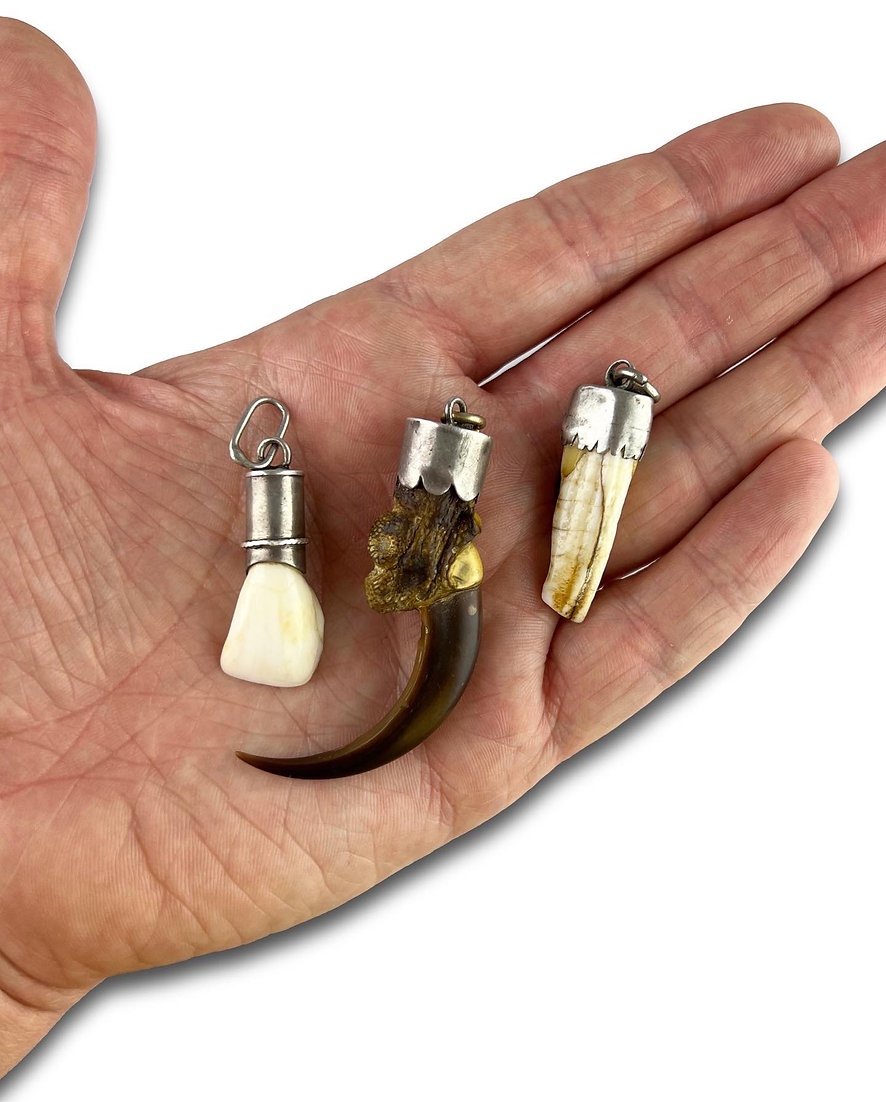

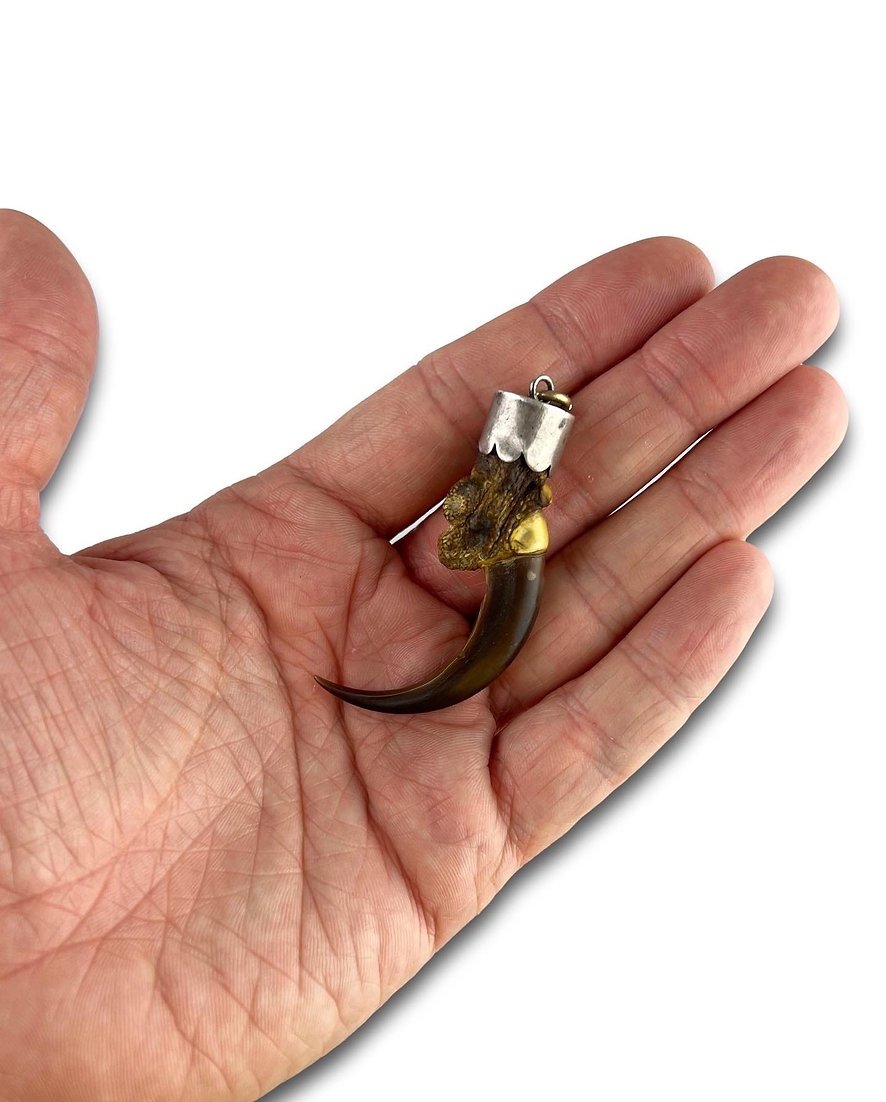





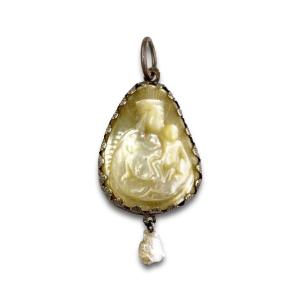
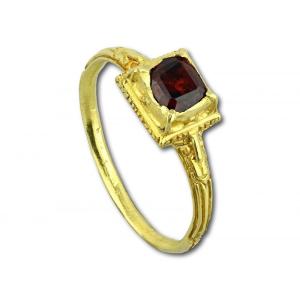

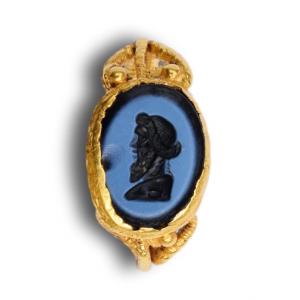

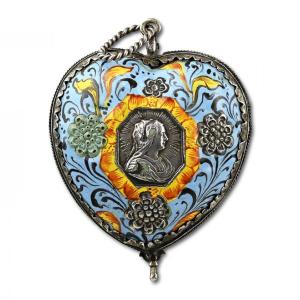

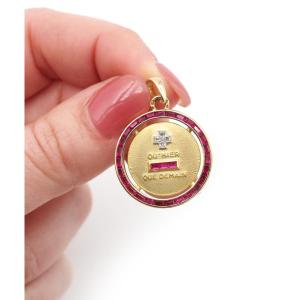
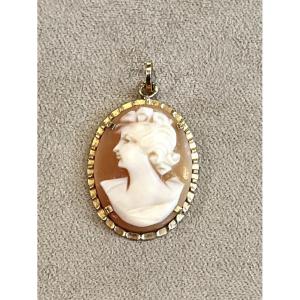






 Le Magazine de PROANTIC
Le Magazine de PROANTIC TRÉSORS Magazine
TRÉSORS Magazine Rivista Artiquariato
Rivista Artiquariato
